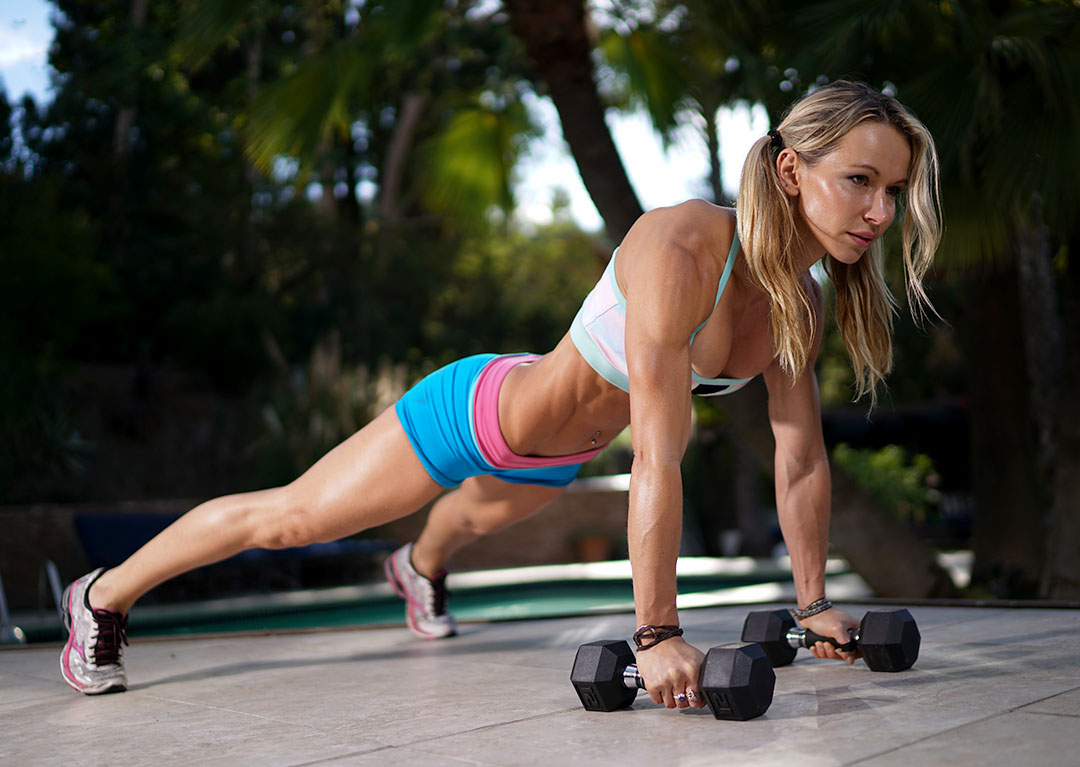ZGYM 101: HIIT
Fitness | February 01, 2019

Today’s topic is perfect for new ZGYM members and beginners, and serves as a nice refresher even for longtime trainees. We’re going to cover HIIT, from what it is, the benefits, and examples of how it’s done. Although I’ve covered it before, it doesn’t hurt to revisit it and bring newcomers back up to speed.
HIIT
Broken down, HIIT stands for High Intensity Interval Training. This type of training features intervals of short bursts of anaerobic that are followed by even briefer moments of rest. You’re essentially alternating between quick, active exercise and small instants of recovery; repeating this pattern over and over again until the workout is over. It’s a mainstay in my approach to training, and a cornerstone in the ZGYM.
Benefits of HIIT
There are quite a few profound benefits to HIIT. For one, it’s a debatable alternative or variation of cardiovascular training (cardio).
Usually, we think of long treadmill runs or indoor cycling when it comes to cardio. HIIT cuts through the hour or hours of we’re typically used to and gets right down to business in just 15 to 20 minutes.
Secondly, HIIT is much more than cardio. It’s also capable of building muscle. That’s because it triggers HGH, otherwise known as Human Growth Hormone, which plays a big role in putting on muscle.
Third, HIIT training forces you to work your entire body. Although some of the exercises may focus on the lower or upper body, HIIT workouts utilize a variety of exercises that target multiple muscle groups and areas of the body. In other words, you’re engaging in full body exercise. And the more muscles you use in a workout, the more calories and fat you’ll end up burning. Speaking of which, this brings me to the next part about HIIT training.
Fourth, and perhaps the most distinct benefit of HIIT is its ability to rev up your metabolism. Once more, prolonged, steady state cardio cannot hold a handle to HIIT, especially when it comes to the after effects. Unlike conventional cardio, HIIT stimulates your metabolism, helping you to burn additional fat and calories even after the workout.
A fifth and bonus benefit of HIIT training is the fact that it can be anywhere, anytime, and without any equipment. You can get a fat-blasting, exertive workout in and end up with amazing results using only your body. That being said, if you do have equipment- dumbbells, a kettlebell, sliders, jump rope- you’re more than welcome to throw them in, too. Just know that at the core of HIIT, your body is your greatest tool.
Putting it all together, you get all of these benefits from HIIT:
- Efficiency
- Quality use of Time
- Cardio and Strength Training
- Metabolism Boost
- Burning Fat and Calories- even after training
- Versatility- can be done both with and without equipment
Putting Into Practice
Let’s briefly touch on how to perform HIIT. With time, I’ve already mentioned that it can be done for 15-20 minutes, but you could even do a 5-10 minute routine if time is really of the essence. Each minute in a HIIT workout equals one round, or set, so keep this in mind when determining the length of your workout!
Once you’ve determined the total amount of time you’re going to be exercising, set your timer to go off at different time intervals, with one for performing the exercise and the other for resting. The time for exercise will always be longer than the rest period. No matter what you choose, make sure they both add up to a minute. Examples of what this would look like include:
50 seconds (work)/ 10 seconds (rest)
45 seconds (work)/ 15 seconds (rest)
30 seconds (work)/30 seconds (rest)
Finally, choose your exercises. This could be anything from planks, squats, and pushups to jumping jacks and burpees. As for the number of exercises you need to perform, remember that each one is going to combine with the rest period to equal 1 minute, which gives you 1 interval. If you’re doing a 12-minute HIIT for instance, it may include 12 exercises, or 6 exercises repeated twice (2 rounds total).
Once you get the hang of it, you can start to branch off and create your own routines. Maybe you want the focus to be on upper body and abs, or butt and thighs. The choice is entirely up to you!
Start Right Now
If you’re not quite comfortable with doing HIIT solo or making up your own routine, head on over to the ZGYM and try out some of these routines.
For Beginners
Bodyweight Beginner Workout #1
Bodyweight Beginner Workout #2
Intermediate to Advanced
Heartbreaker Body Workout #1 X

















Comments Add Comment
Add a Comment